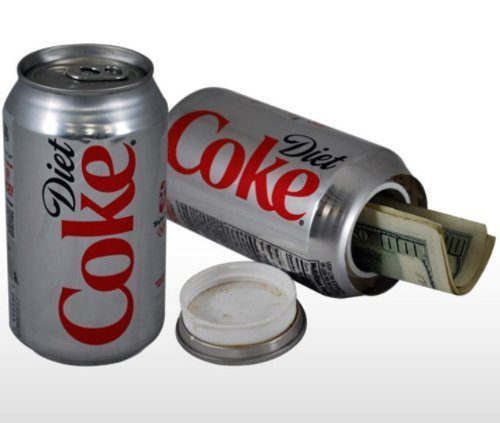You’ve arrived at your destination safely, gotten to your hotel room or cruise cabin, checked into your room and unpacked. All your clothes are in the closet and drawers, and your toiletries are in the bathroom. But you still have that other, more valuable stuff to put somewhere…your tablet or laptop, perhaps some extra cash or your jewelry, maybe your passport, and whatever else you would feel more comfortable about if it was locked up. You’ll just put it in the safe in your room, right? After all, that’s the best thing to do with valuables when you’re staying at a hotel, right?
Welllllll, maybe think twice before you do that.
Here’s why…
I mean, think about it. Thousands upon thousands of people stay in each hotel and cruise line each year. There’s a good chance at least some of them will forget their code or the electronics could break, or they could somehow leave their stuff in there before they check out (they must not have read about this hack), or any of a bazillion other reasons why the hotel or cruise staff has to be able to legally get into a room or cabin safe. So virtually all electronic safes have a “backdoor” entry, be it a special code, special key or some other way to get into a locked safe as needed.
It would be nice to think all hotel and cruise staff would only use that special entry method during an actual “safe emergency,” but unfortunately, that’s not how all people think or act. The lure of your valuables can sometimes be too strong, especially for employees who don’t make a lot of money and/or have jobs where the workers tend to be rather transient. After all, cash can be used outright, electronics or jewelry can gather a fair amount if sold, and passports can be worth a whole lot of money to the right person interested in either identity theft or trying to “look the part” of the passport photo so he/she can try to leave the country. The illicit market for those and other valuable items is out there and, unfortunately, thriving.
The info is everywhere
The internet certainly doesn’t help matters since there are LOTS of videos on YouTube that teach you how to get into hotel safes. Unfortunately, they’re really not difficult to find, either. Here are a handful of the MANY videos for a variety of brands of hotel safes if you just do a YouTube search for “How to get into hotel safe”:
So what do you do?
My first suggestion, if you’re staying at a hotel, would NOT be to use the safe deposit box at the front desk in place of your hotel safe. “Bad guys” could just as easily work at the front desk as they could in other parts of the hotel that have access to room safes, so I simply would not recommend taking that chance.
Also, DON’T hide stuff in your suitcase if you have luggage with a zipper closure. Not even if you lock it. Here’s why.
Personally, I try to keep as much of my “stuff” with me as I can. If I’m traveling out of the country, I always have my passport with me, and my husband will have a copy of mine with him, and vice versa (we also keep copies in Google Docs and in password-protected apps on our phones). Money belts are not the most comfortable things in the world, but they work well when hidden under your clothes. I tend to use credit cards more often than anything else, so as a rule I generally won’t have a whole lot of cash on me, but if I do want to carry a significant amount for some reason, I’ll break it up so some of it is in one front pocket, some’s in my coat’s inner or zippered pocket, some will be in my knapsack, etc. That way, if I’m pickpocketed or someone steals my bag, they’ve only gotten away with some of my cash.
In doing some quick searches, there are anti-theft bags on the market (such as the PacSafe portable safe) that allow you to pack your valuables in a lockable bag lined with stainless steel wire that you can attach to a secure fixture in your hotel room (We purchased a PacSafe portable safe years ago – CLICK HERE for our review). There are also portable box/chest safes (like this) that you could potentially secure to a piece of large furniture or another sturdy item in your hotel room.

Even something as simple as a fake can of soda (I saw it and a bunch of similar products on Amazon.com) could be a potentially low-tech way to fool a would-be thief if (s)he didn’t think to check your drinks.
Nothing is ever 100% safe no matter where you go, but knowing the safe in your room might not be as safe as you thought, and using an alternative method because of that knowledge already puts you ahead of the game.
Want to comment on this post? Great! Read this first to help ensure it gets approved.
Want to sponsor a post, write something for Your Mileage May Vary or put ads on our site? Click here for more info.
Like this post? Please share it! We have plenty more just like it and would love it if you decided to hang around and sign up to get emailed notifications of when we post.
Whether you’ve read our articles before or this is the first time you’re stopping by, we’re really glad you’re here and hope you come back to visit again!
This post first appeared on Your Mileage May Vary
